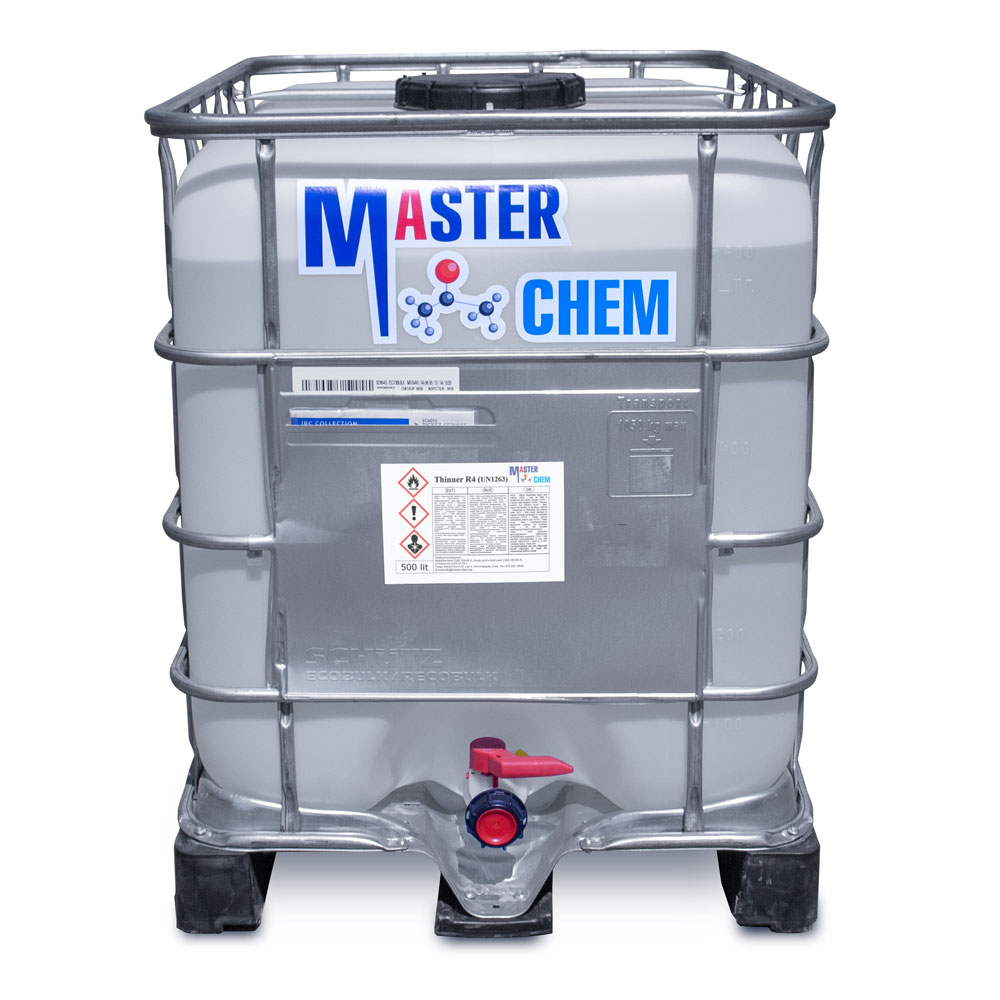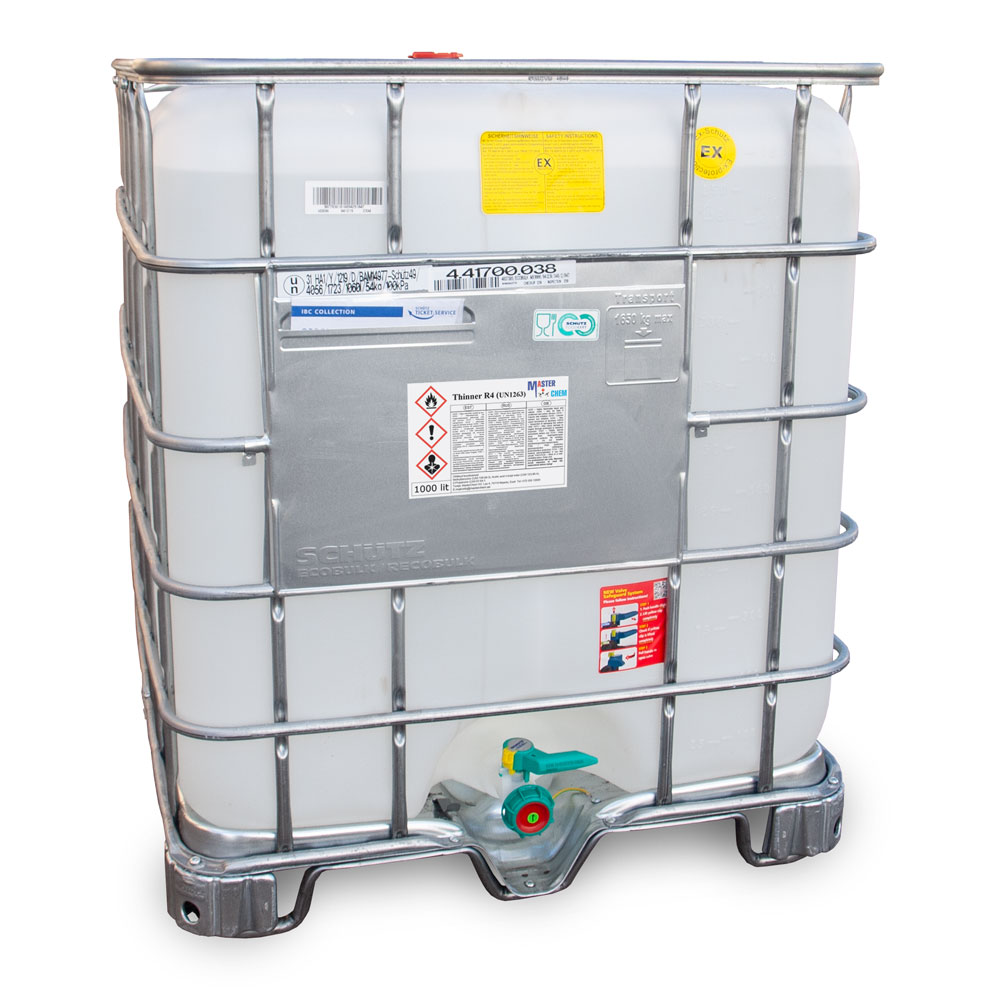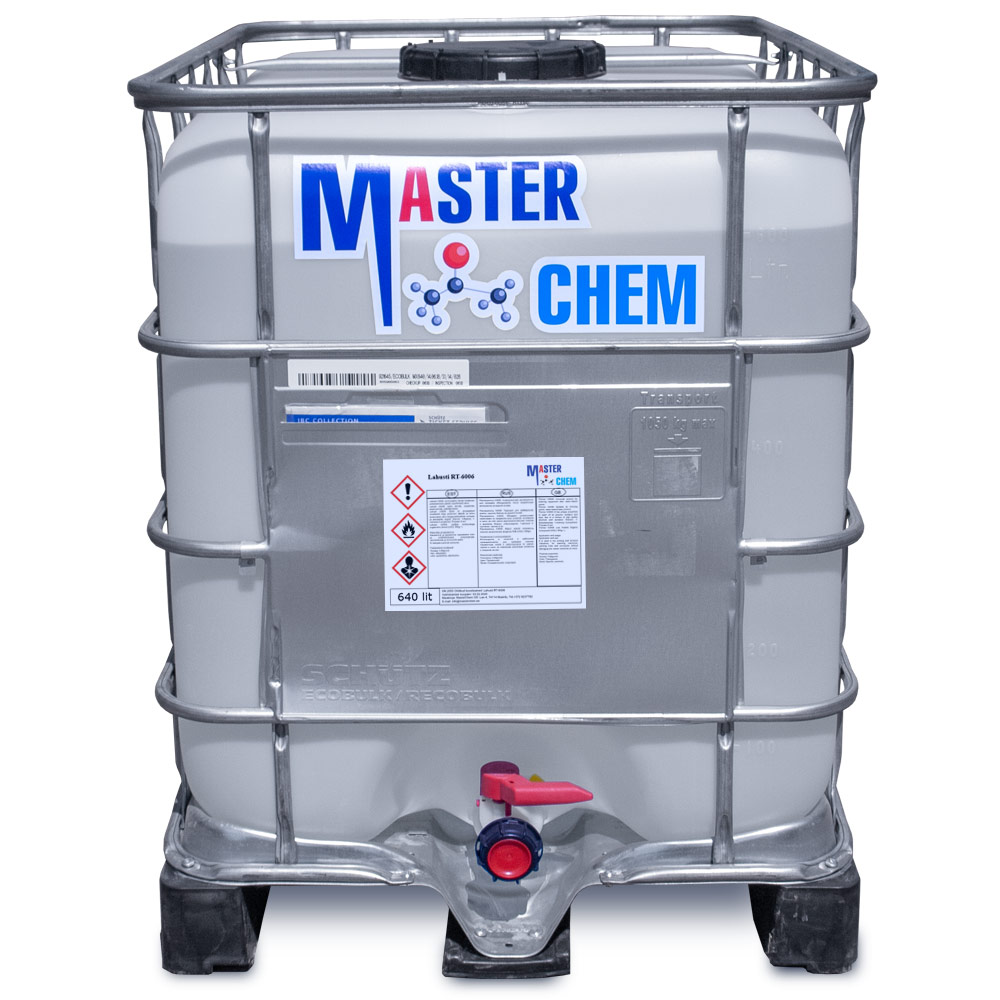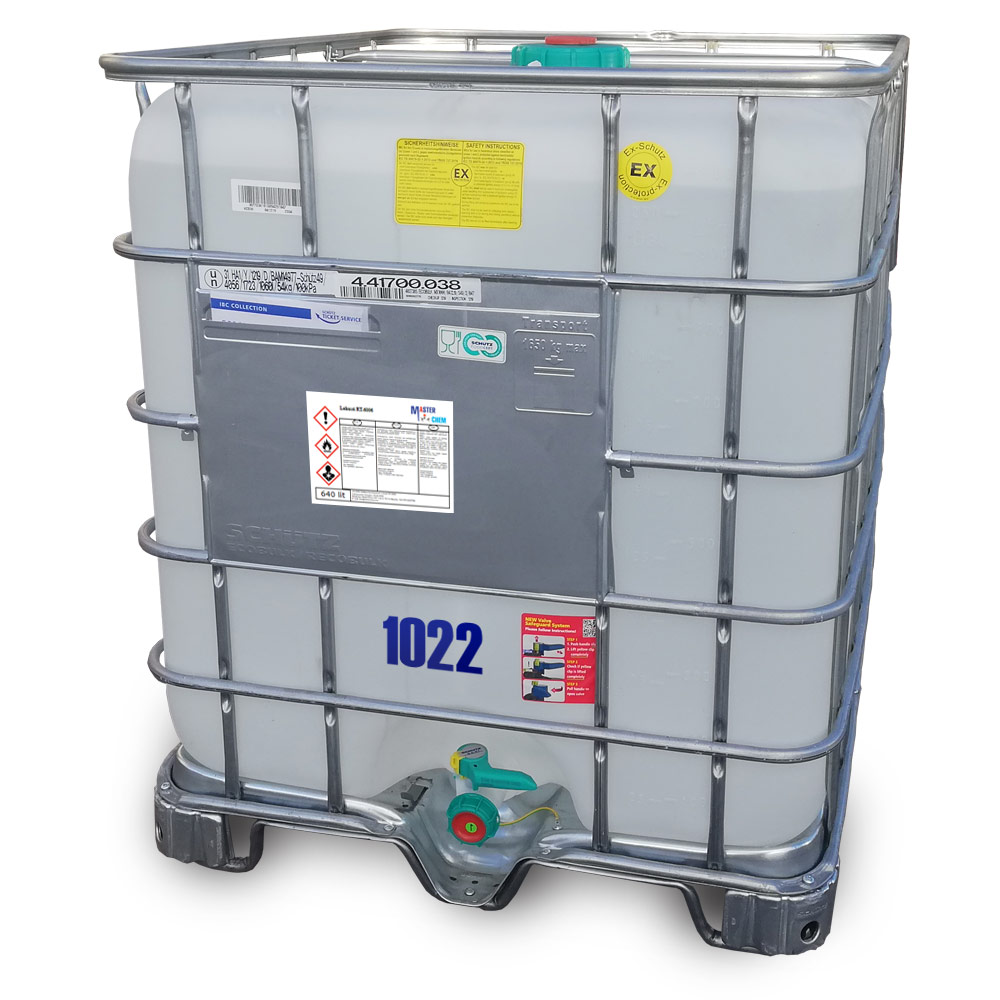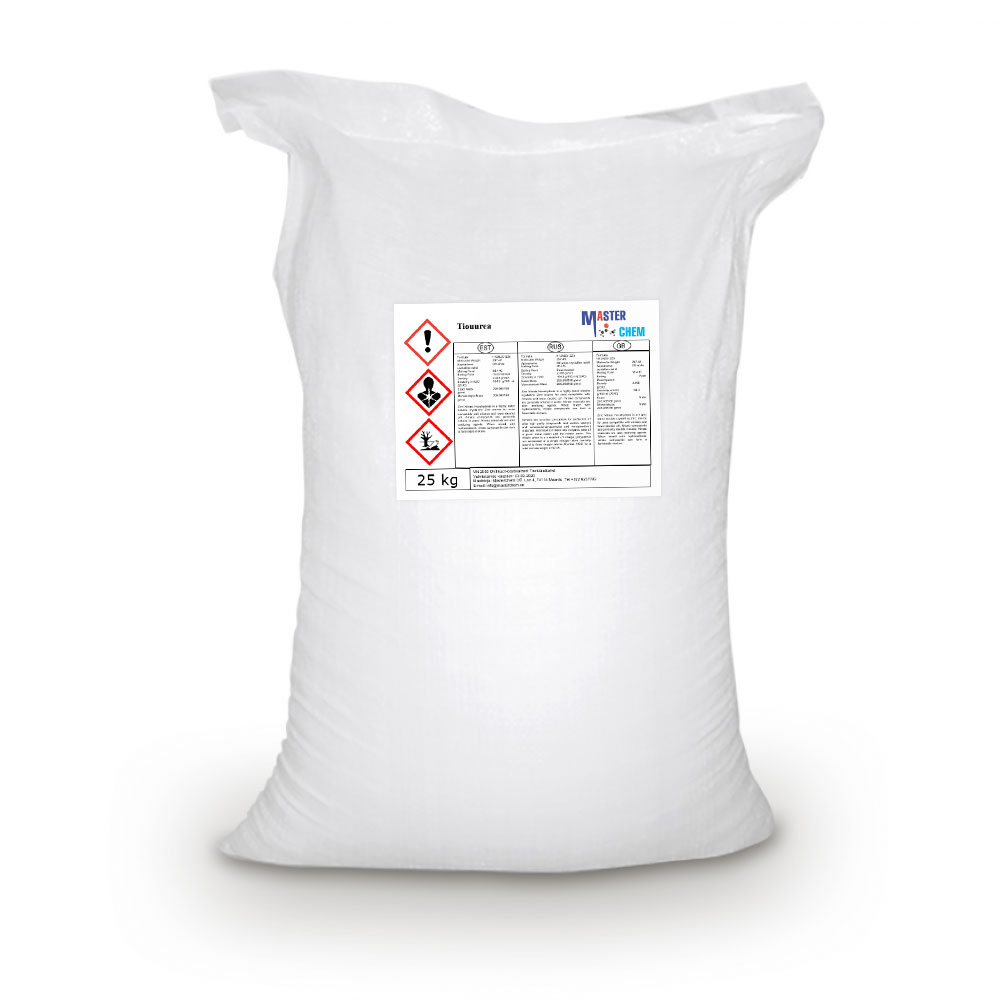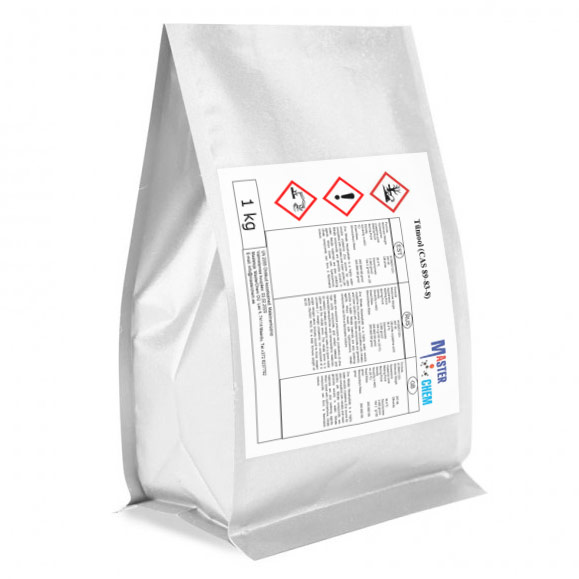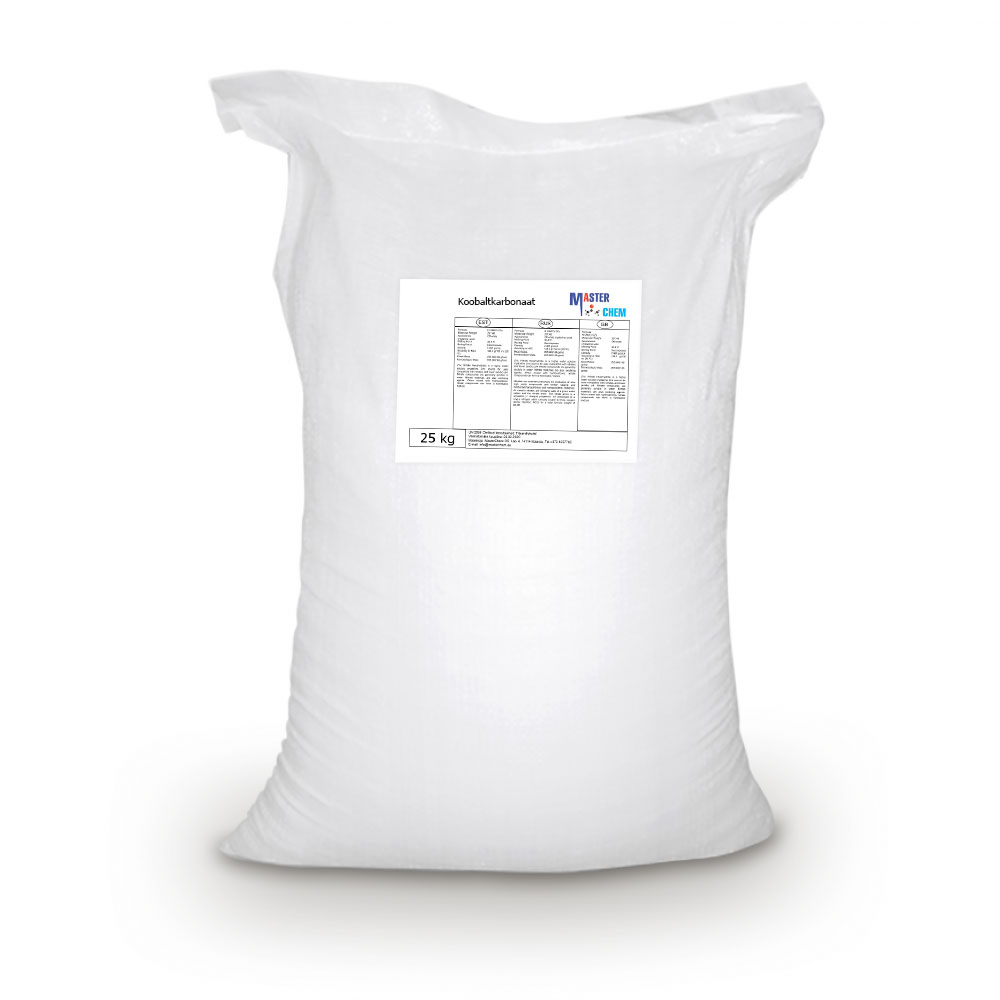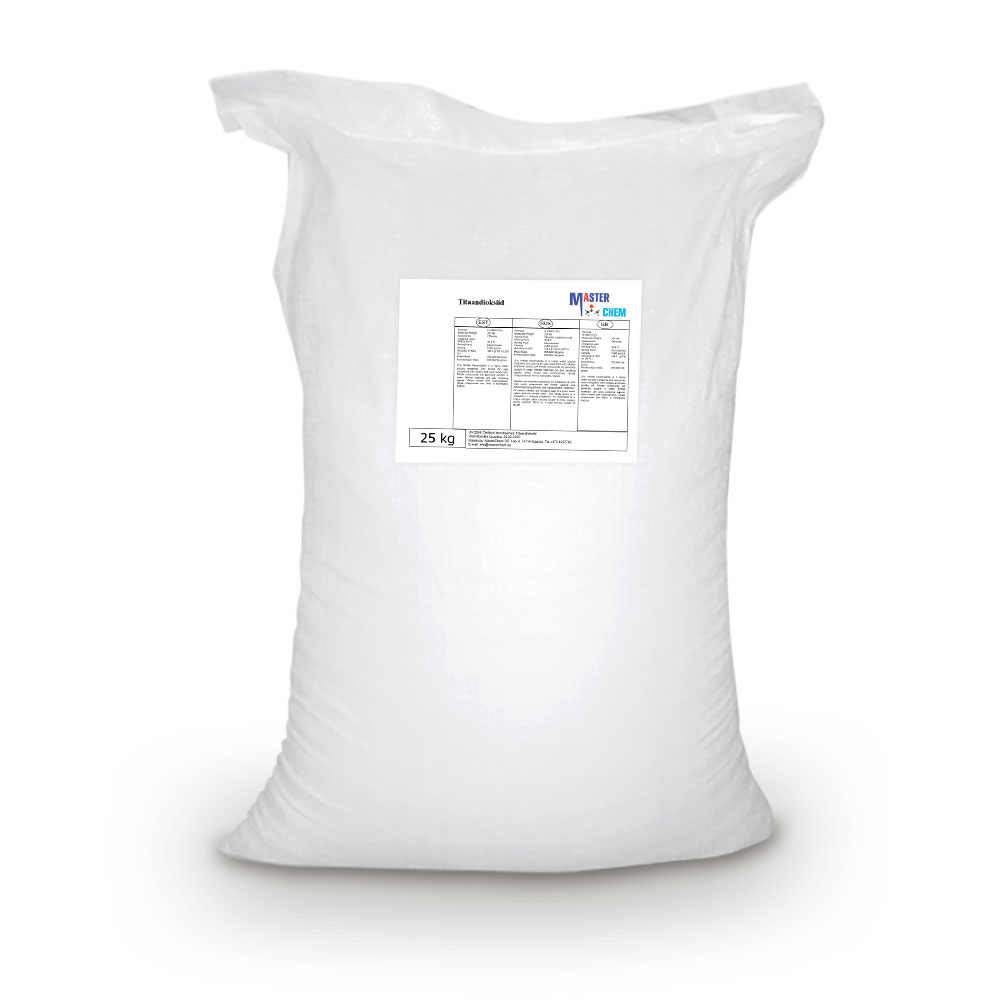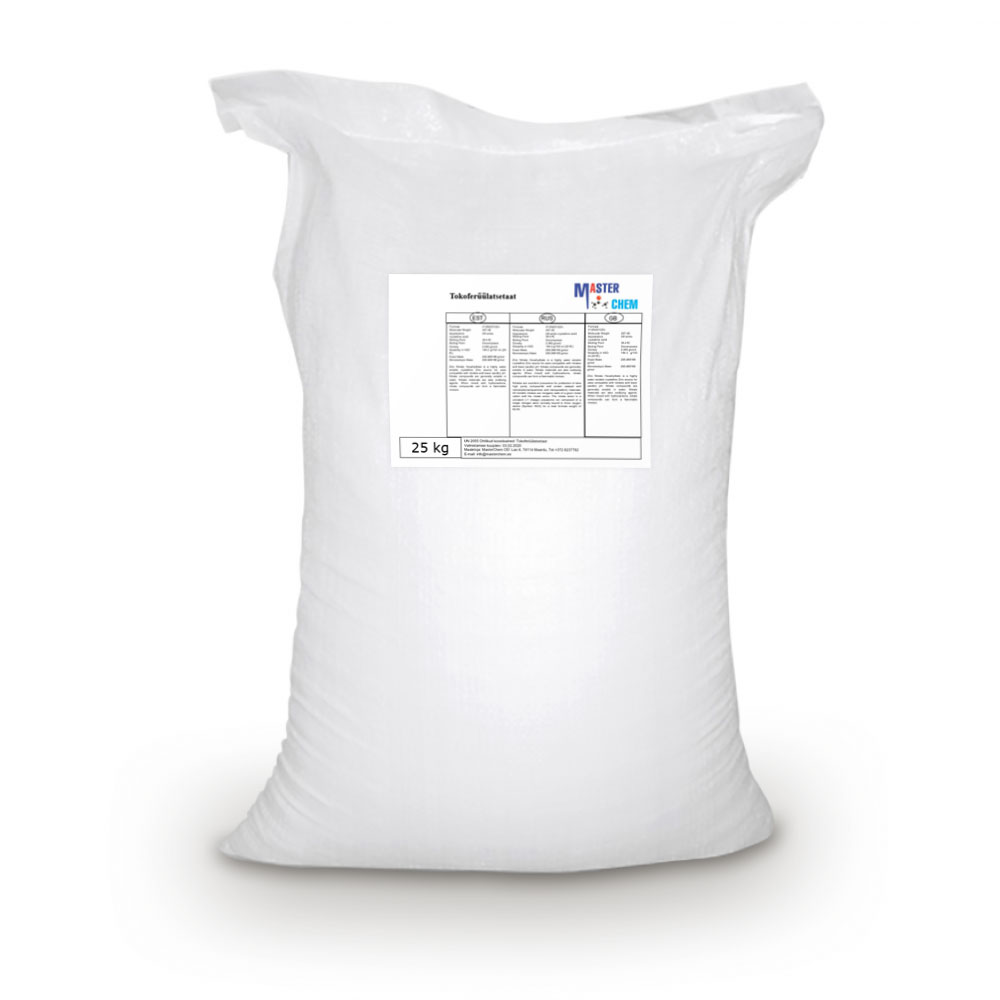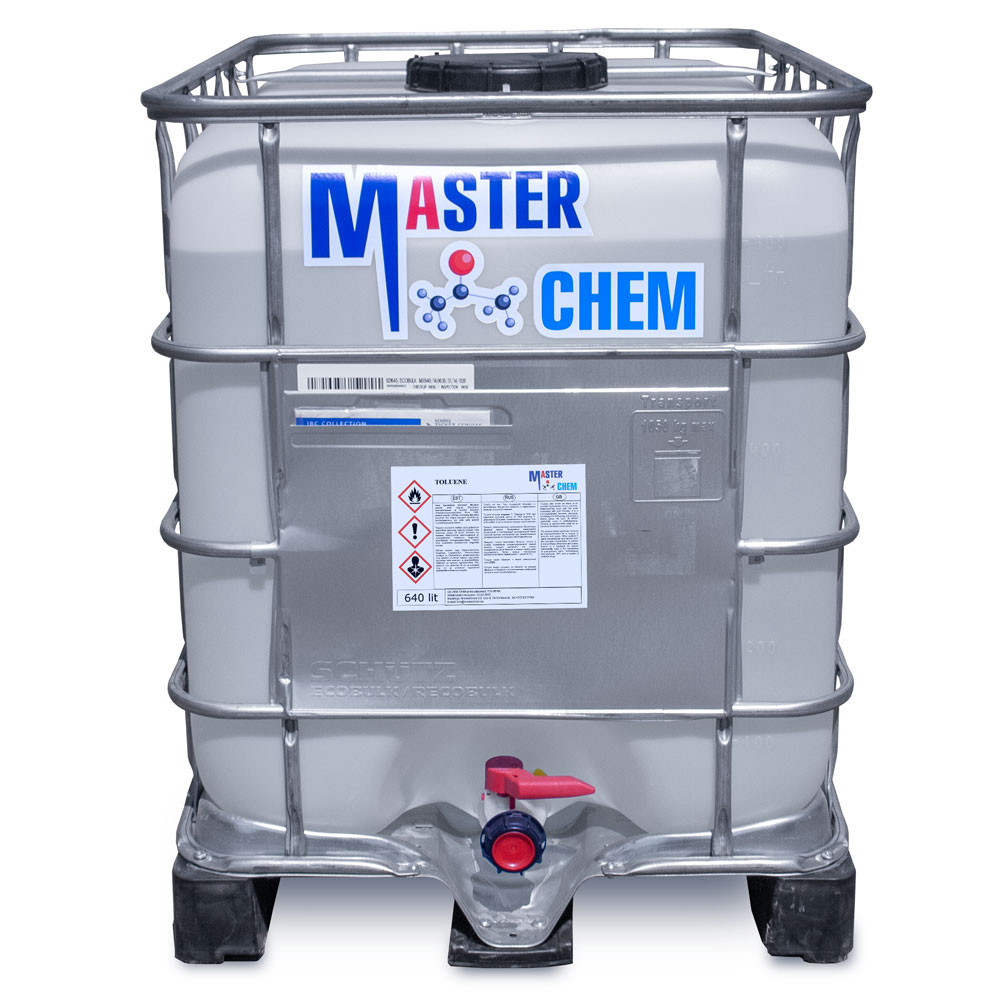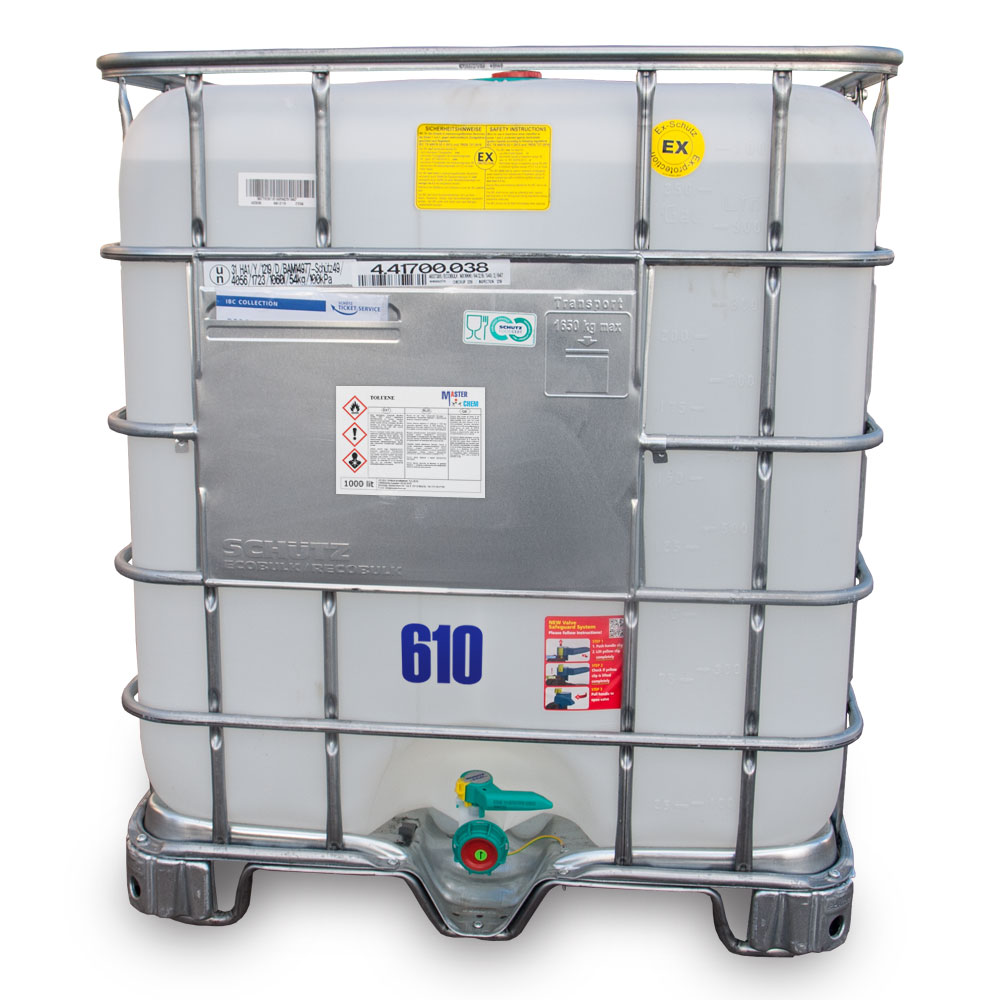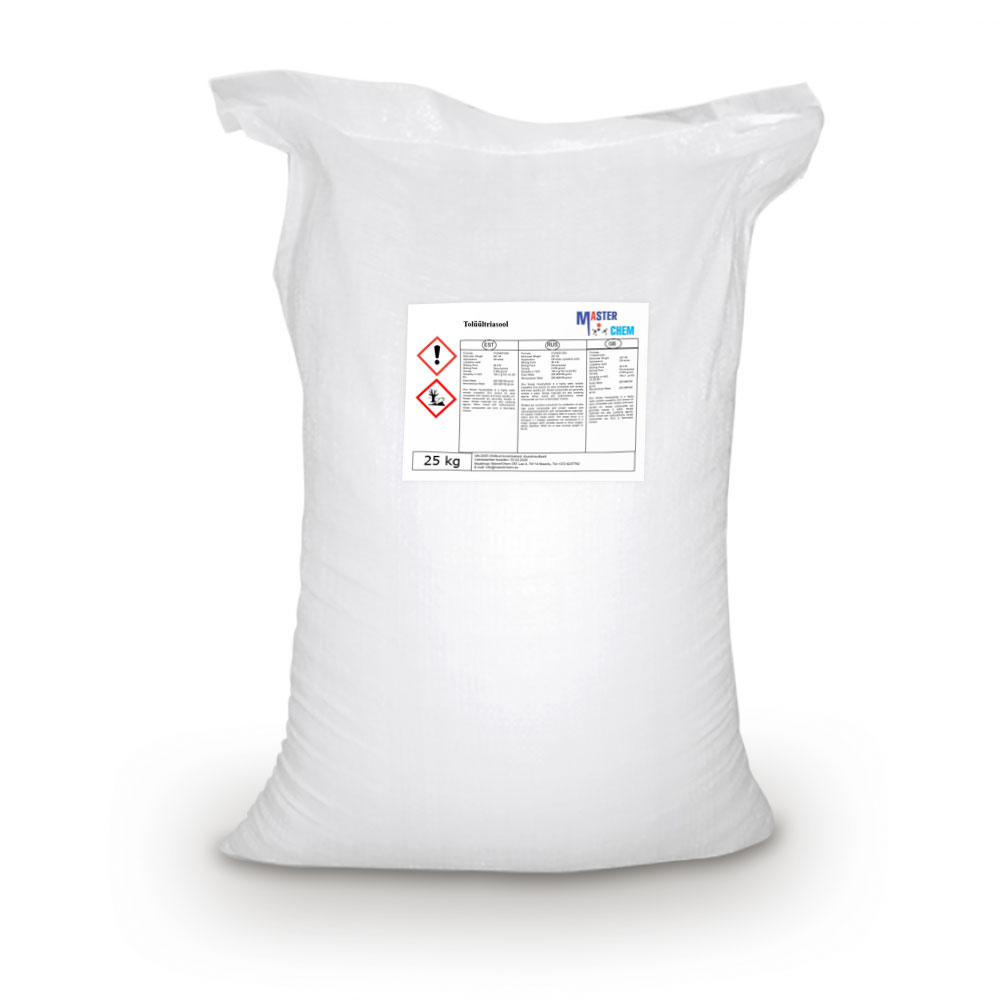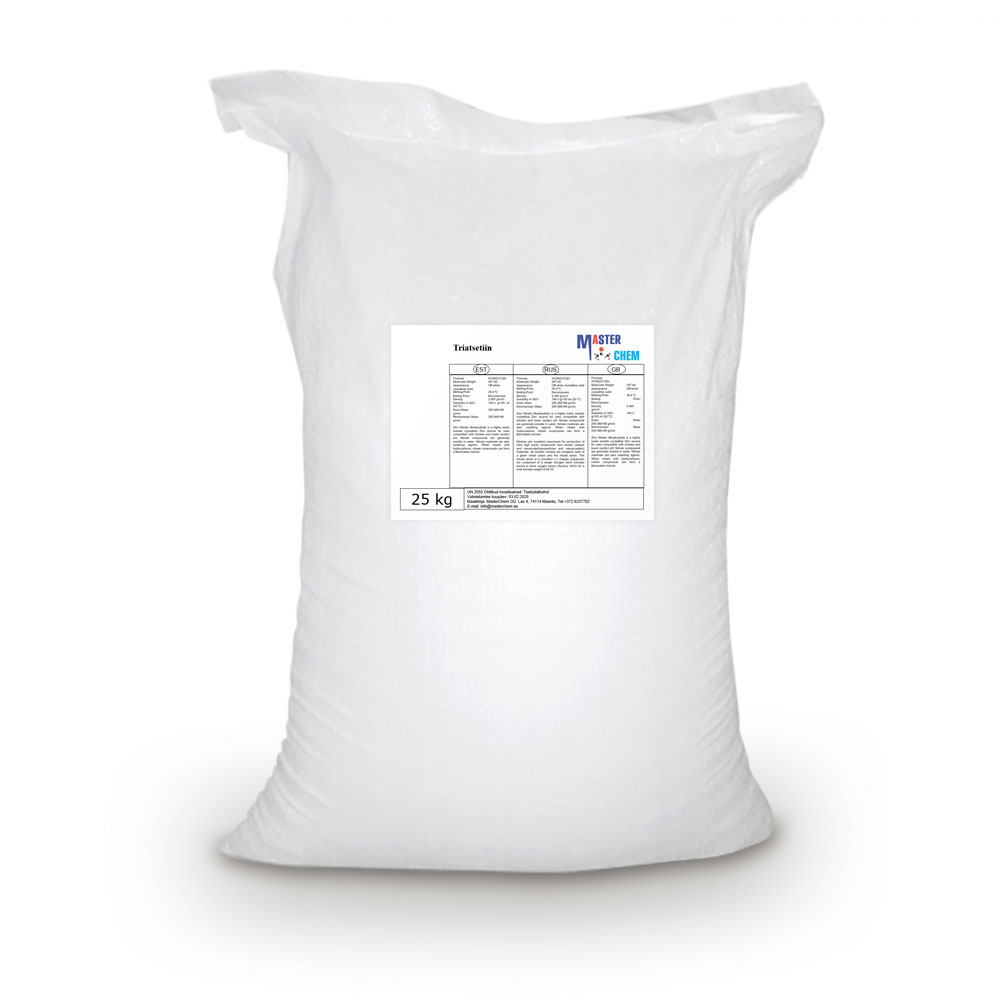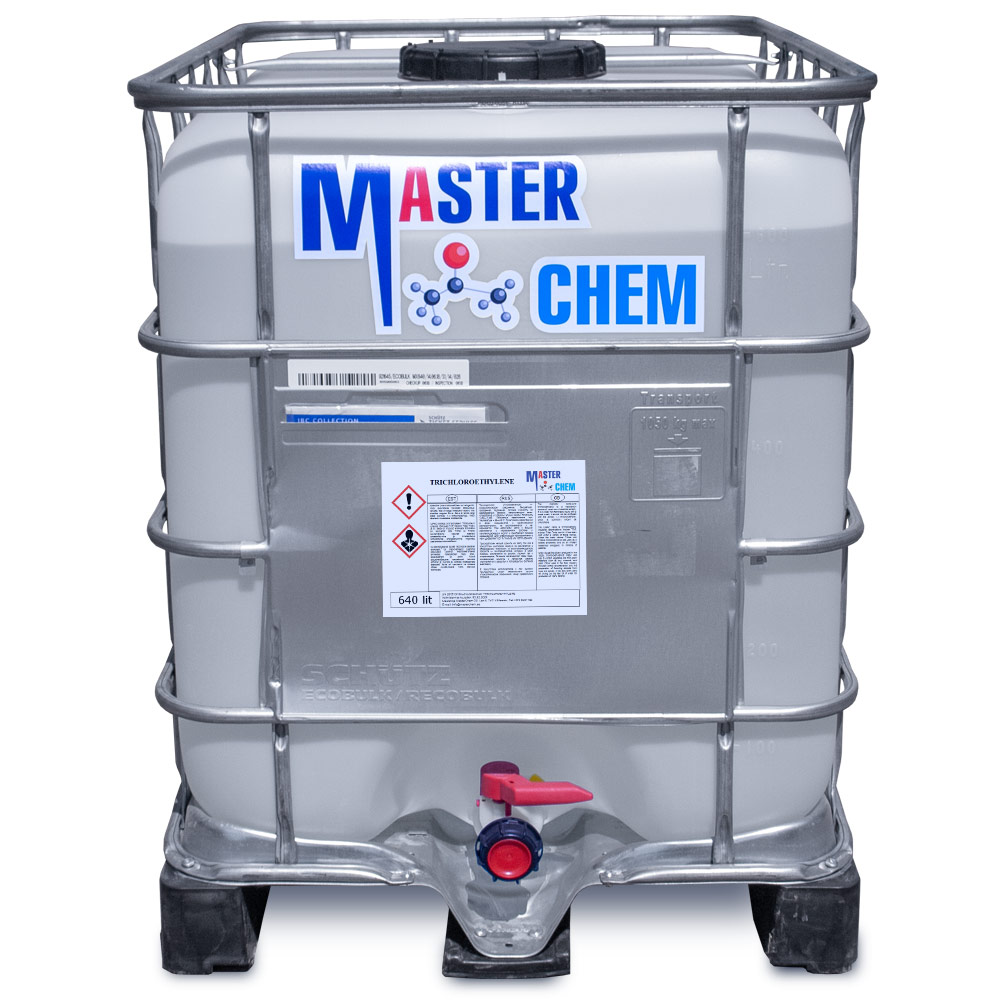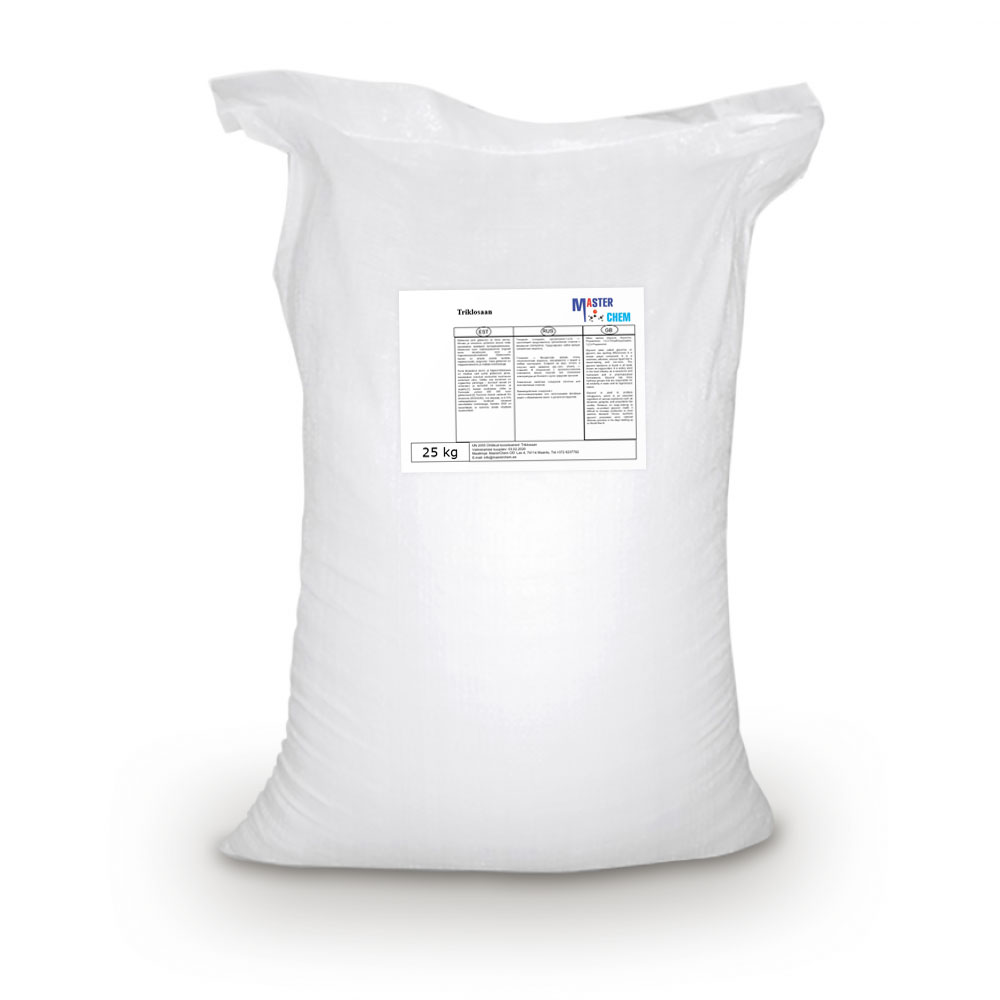Currently Empty: €0.00
THINNER RT-6006 – SOLVENT FOR RUBBER INDUSTRY
Solvent RT-6006 – is a solvent for the production of rubber products. Produced on the basis of light fractions of dearomatized straight distillation gasoline of low-sulfur petroleum products.
Solvent RT-6006 belongs to the 4th hazard class (low hazard).
Application and usage:
THINNER RT-6006 is used in the rubber industry, for the production of pipes and belts; for the preparation of rubber adhesives, and various mastics, printing inks.
For dissolving and bringing paints and varnishes to a working consistency.
Solvent RT-6006 is also used to degrease fabrics and leather, degrease electrical equipment, surfaces (before painting and not only), washing bearings, fittings before conservation, making special quick-drying oil paints, electrical insulating varnishes, diluting oil, bitumen and ethylene paints and varnishes, epoxy resins, removing small grease and oil stains from all types of fabric; Recommended as fuel for gasoline blowtorches. In addition, it is possible to use this type of gasoline as a fuel for catalytic heating pads, it also finds application in organic chemistry and is most often used in the repair of automatic transmissions, engines and other aggregate units. Indispensable in the optical industry
Solvent RT-6006 Also used for washing parts and fittings before conservation, in the production of artificial furs; in the production of paints and varnishes; for extracting rosin from wood
Thiourea (CAS 62-56-6)
Thiourea (CAS 62-56-6)
Thiourea is an organosulfur compound with the formula SC(NH2)2. It is structurally similar to urea, except that the oxygen atom is replaced by a sulfur atom, but the properties of urea and thiourea differ significantly. Thiourea is a reagent in organic synthesis. “Thioureas” refers to a broad class of compounds with the general structure (R1R2N)(R3R4N)C=S. Thioureas are related to thioamides, e.g. RC(S)NR2, where R is methyl, ethyl, etc.
Thymol (CAS 89-83-8)
lternate Names: 2-Isopropyl-5-methylphenol; 5-Methyl-2-isopropylphenol
Application: Thymol is a dye that is also known as 5-Methyl-2-(1-methylethyl)phenol
CAS Number: 89-83-8
Molecular Weight: 150.22
Molecular Formula: C10H14O
Supplemental Information: This is classified as a Dangerous Good for transport and may be subject to additional shipping charges.
Tin Sulphate (CAS 7488-55-3)
Tin Sulphate (CAS 7488-55-3)
Tin(II) sulfate (SnSO4) is a chemical compound. It is a white solid that can absorb enough moisture from the air to become fully dissolved, forming an aqueous solution; this property is known as deliquescence. It can be prepared by a displacement reaction between metallic tin and copper(II) sulfate: Sn (s) + CuSO4 (aq) → Cu (s) + SnSO4 (aq)
Tin(II) sulfate is a convenient source of tin(II) ions uncontaminated by tin(IV) species.
Titanium white (CAS 13463-67-7)
Titanium white (CAS 13463-67-7)
Titanium dioxide, also known as titanium(IV) oxide or titania /taɪˈteɪniə/, is the naturally occurring oxide of titanium, chemical formula TiO
2. When used as a pigment, it is called titanium white, Pigment White 6 (PW6), or CI 77891. Generally, it is sourced from ilmenite, rutile, and anatase. It has a wide range of applications, including paint, sunscreen, and food coloring. When used as a food coloring, it has E number E171. World production in 2014 exceeded 9 million tonnes. It has been estimated that titanium dioxide is used in two-thirds of all pigments, and pigments based on the oxide have been valued at $13.2 billion.
Tocopheryl acetate (CAS 58-95-7)
Tocopheryl acetate (CAS 58-95-7)
Tocopheryl acetate, also known as vitamin E acetate, is a synthetic form of vitamin E. It is the ester of acetic acid and α-tocopherol. The U.S. Centers for Disease Control and Prevention says that vitamin E acetate is a very strong culprit of concern in the 2019 outbreak of vaping-associated pulmonary injury (VAPI), but there is not yet sufficient evidence to rule out contributions from other chemicals.
Tocopheryl acetate is often used in dermatological products such as skin creams. It is not oxidized and can penetrate through the skin to the living cells, where about 5% is converted to free tocopherol. Claims are made for beneficial antioxidant effects. α-Tocopheryl acetate is used as an alternative to tocopherol itself because the phenolic hydroxyl group is blocked, providing a less acidic product with a longer shelf life. It is believed that the acetate is slowly hydrolyzed after it is absorbed into the skin, regenerating tocopherol and providing protection against the sun’s ultraviolet rays. Tocopheryl acetate was first synthesized in 1963 by workers at Hoffmann-La Roche.
Tolyltriazole (CAS 29385-43-1)
Tolyltriazole (CAS 29385-43-1)
Tan to light brown granules or beige pellets with a characteristic odor. A potential labelled nitrification inhibitor of urea fertilizer in agricultural soils.
Triacetin (CAS 102-76-1)
Triacetin (CAS 102-76-1)
Triacetin, is the organic compound with the formula C3H5(OCOCH3)3. It is classified as a triglyceride, i.e., the triester of glycerol. It is a colorless, viscous, and odorless liquid with a high boiling point and a low melting point. It has a mild, sweet taste in concentrations lower than 500 ppm, but may appear bitter at higher concentrations. It is one of the glycerine acetate compounds.
Triacetin is a common food additive, for instance as a solvent in flavourings, and for its humectant function, with E number E1518 and Australian approval code A1518. It is used as an excipient in pharmaceutical products, where it is used as a humectant, a plasticizer, and as a solvent.
Triclosan (CAS 3380-34-5)
Triclosan (CAS 3380-34-5)
Triclosan (sometimes abbreviated as TCS) is an antibacterial and antifungal agent present in some consumer products, including toothpaste, soaps, detergents, toys, and surgical cleaning treatments. It is similar in its uses and mechanism of action to triclocarban. Its efficacy as an antimicrobial agent, the risk of antimicrobial resistance, and its possible role in disrupted hormonal development remains controversial. Additional research seeks to understand its potential effects on organisms and environmental health.

